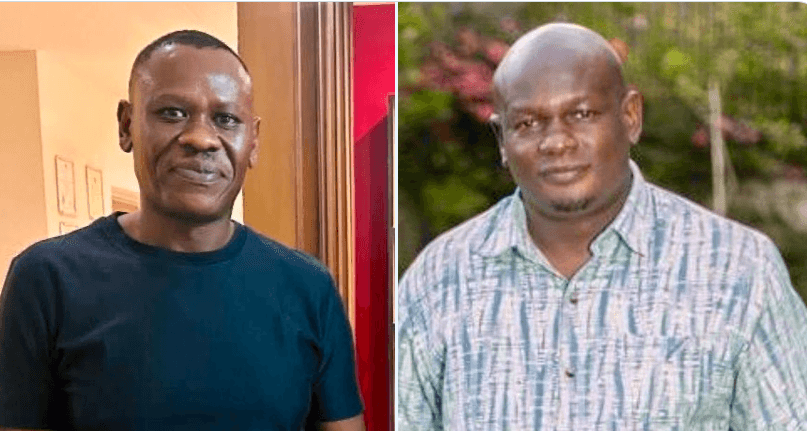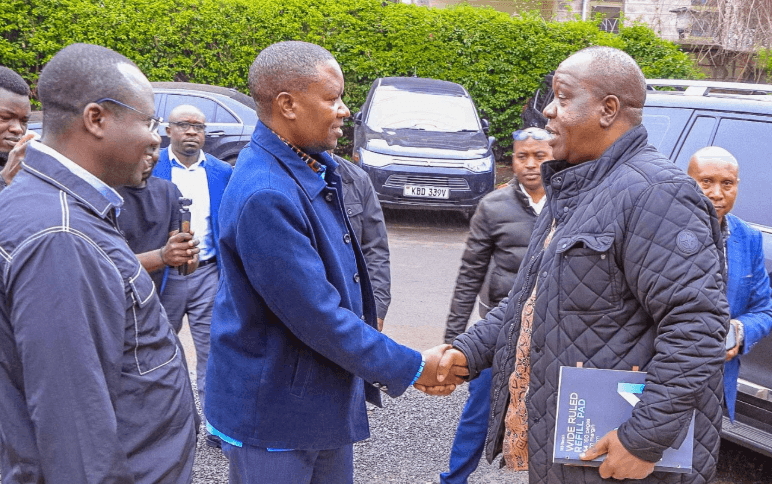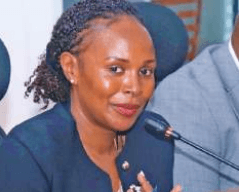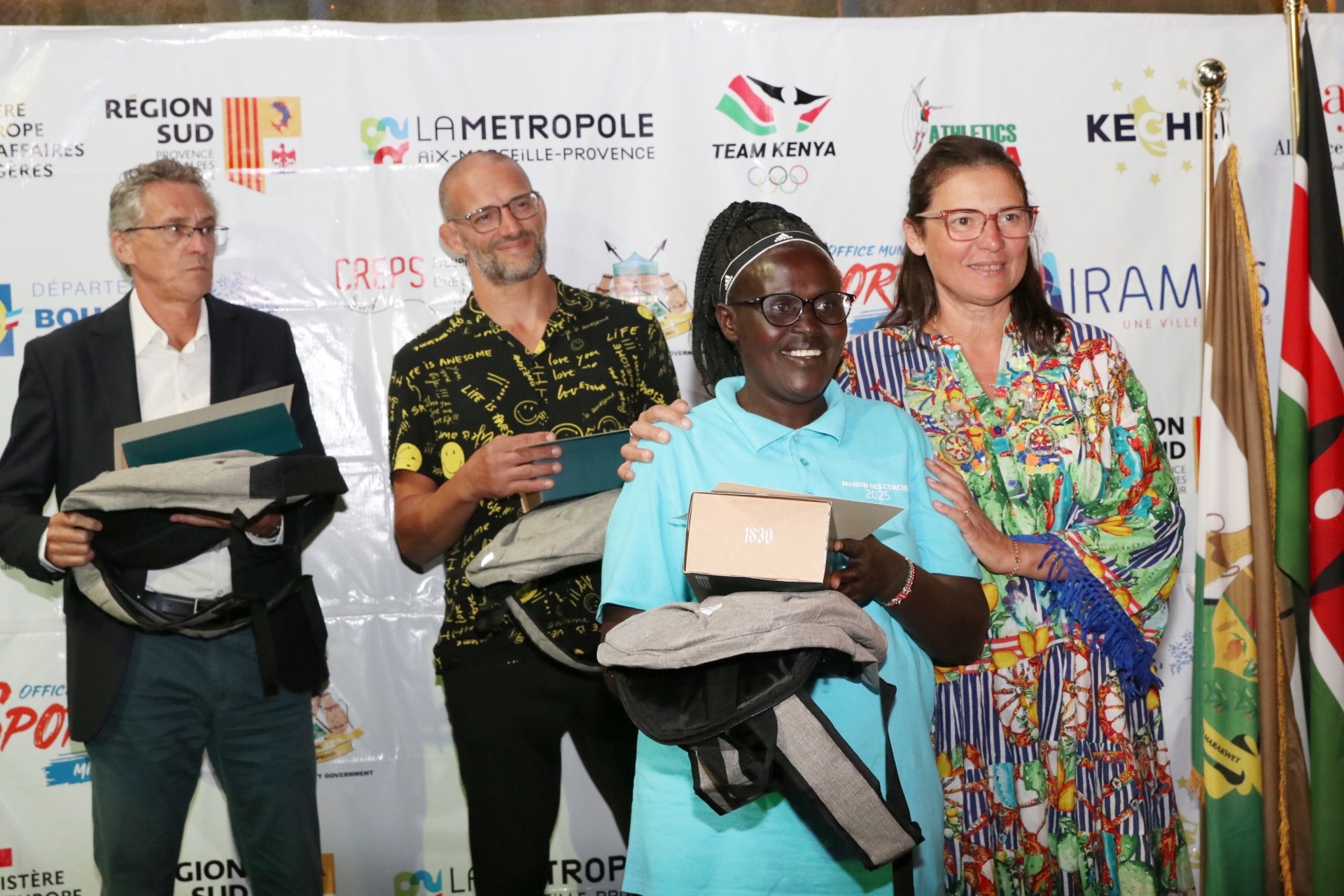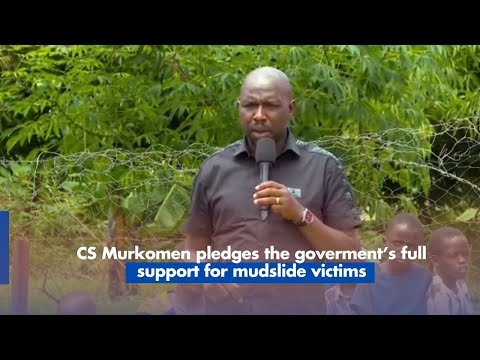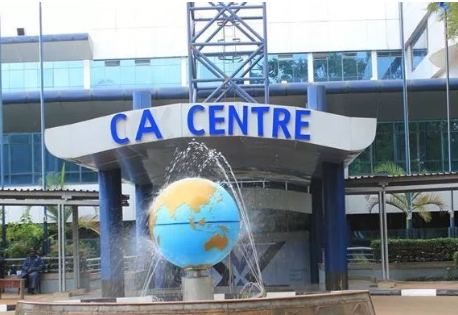
The Communications Authority of Kenya (CA) has told the High Court that its directive to suspend live broadcast of the June 25 protests was not an absolute ban on media coverage,
Instead, he says it was “a reasonable and proportionate measure” aimed at protecting public safety, national security, and preventing incitement to violence.
In a replying affidavit filed by Director-General David Mugonyi in response to the petition filed by the Kenya Union of Journalists (KUJ), the authority stated that it was compelled to act after routine monitoring revealed that live coverage of demonstrations had escalated tensions and potentially encouraged unlawful conduct.
“The directive was not an absolute ban but a reasonable and proportionate measure aimed at preventing the incitement of violence and breach of peace; upholding public safety and national security and ensuring no provocation of disorder,” Mugonyi stated.
According to the affidavit, the authority observed that media houses began their live broadcasts as early as 7:00am on June 24, showing calm and peaceful scenes.
However, from around 10:05 a.m., the tone of coverage changed dramatically, the affidavit claims.
It adds that footage reviewed by the authority allegedly showed peaceful protests turning violent, with some scenes depicting attacks on police officers and government buildings.
“The broadcasts depicted incidents of peaceful protests turning violent. Violence was being depicted as something to be celebrated,” the CA noted, adding that some of the commentary aired lacked balance and appeared to endorse violent action.
The authority accused broadcasters of failing to implement the “profanity delay mechanism”—a licensing condition requiring a short time lag during live programming to allow for editorial filtering of inappropriate or inflammatory content.
Mugonyi said this is not only a local requirement but a recognised international best practice designed to minimise harm in live broadcasts.
“The directive issued at 12:30 pm on the day of the protests instructed broadcasters to activate this delay mechanism. It did not prohibit reporting on the protests entirely,” the affidavit clarifies.
“Instead, it allowed broadcasters to use delayed transmission, digital platforms, or post-event reporting while reviewing content for possible violations.”
He added that the broadcasters were at liberty to introduce a delay to enable the editorial team to review the programming before it is aired.
“Despite the directive, several stations continued live coverage, prompting concerns from the CA that the broadcasts were fueling unrest rather than informing the public,” the affidavit claims.
The authority pointed to the looting of supermarkets in Nairobi, Thika, and Nakuru, and the burning of Kikuyu Law Courts and a police station, as examples of how violent the situation had become.
In defending its move, the CA relied on the constitutional limits to freedom of expression.
It cited Article 33(2), which excludes incitement to violence and hate speech from the scope of protected speech, and Article 34(1), which guarantees media freedom only to the extent that it does not conflict with Article 33(2).
The CA also referenced section 46I of the Kenya Information and Communications Act, which obligates broadcasters to provide responsible and responsive programming that caters to the public interest while avoiding incitement or unbalanced coverage of contentious issues.
Mugonyi stressed that the directive was narrowly tailored to the events of June 25 and was lifted immediately after.
“The authority’s actions were temporary and targeted,” he said, urging the court to dismiss the petition brought by the Kenya Union of Journalists and the Media Lawyers Association of Kenya.
He added that the directive did not violate media freedom but rather enforced the media’s constitutional responsibility to avoid harmful content.
“Media houses were still permitted to report through delayed broadcasts, digital platforms, or post-event analysis,” the affidavit said.
The authority has asked the court to uphold its actions and reject the petition, insisting that in times of unrest, the State is allowed to intervene in a measured way to protect lives, property, and national stability.


